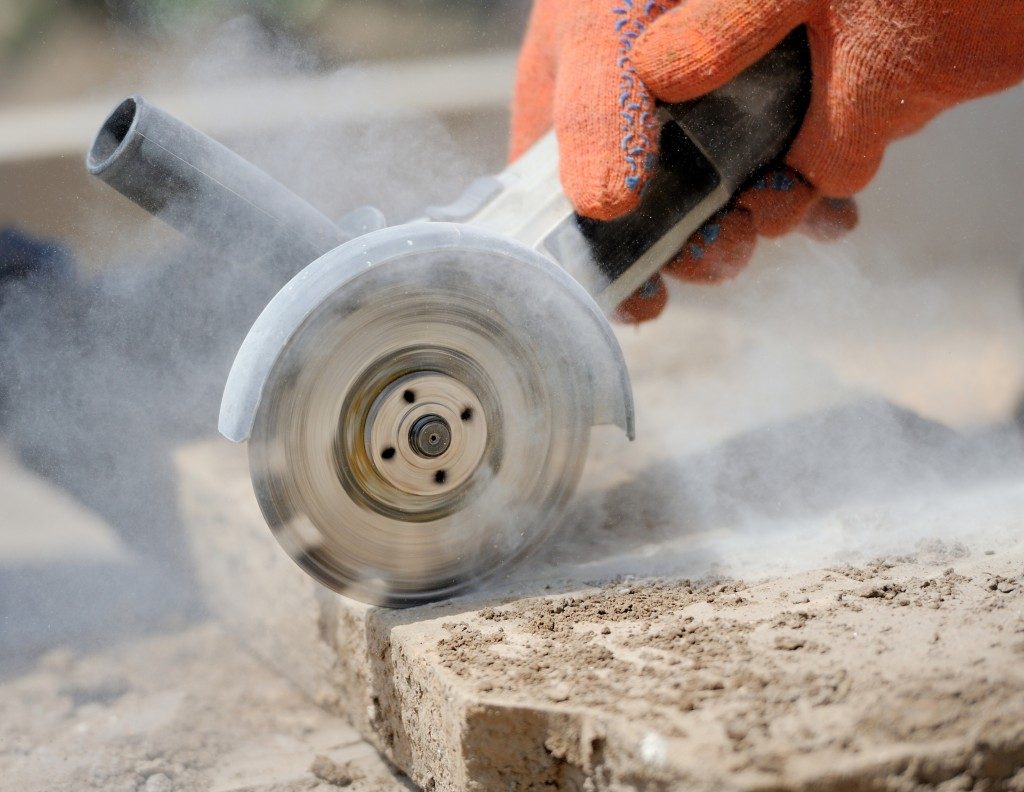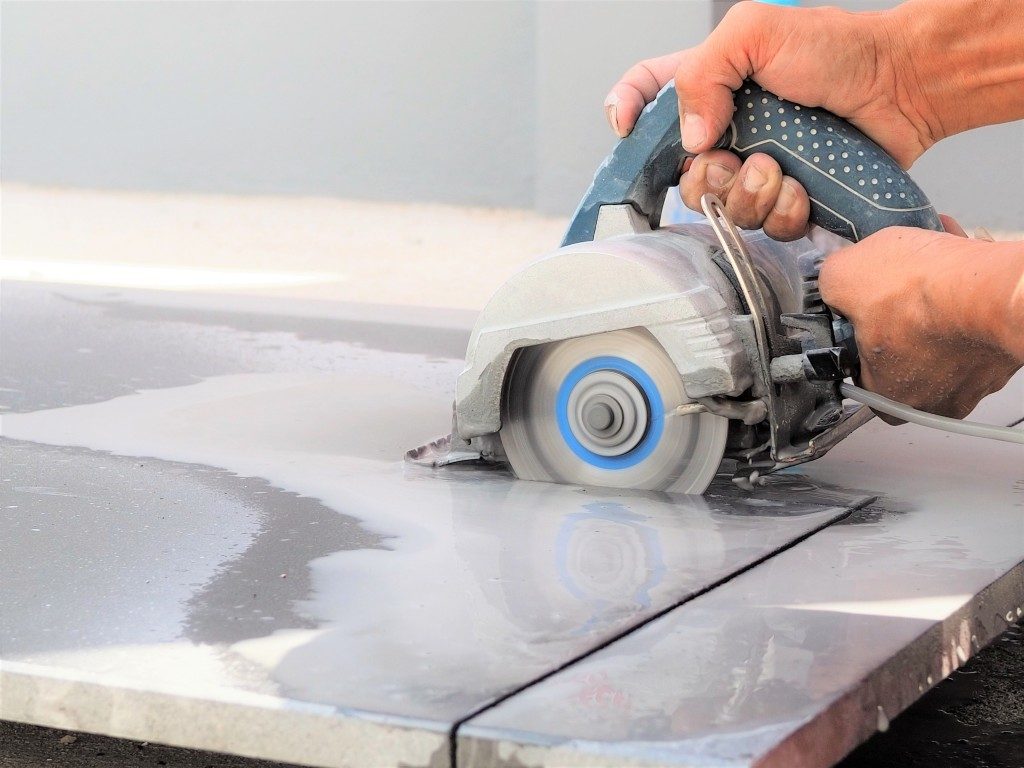Any tiling expert understands the importance of having the right saw when cutting tiles. Placing a blade on the saw will guarantee you a cut through the tile material. However, the excellence of the cut that you will achieve depends on the blade you attach to the saw. There is a huge variety of diamond blades from reliable suppliers of diamond tools. Hence, what makes the difference between the different blades and how should one choose the most appropriate blade:
Bond
Unlike what a majority of people would think, diamond blades are not pure diamond. The main material composition in the blade is steel. There are diamond particles scattered in the structure of the blade due to the strength properties of diamonds. The bonding of these diamonds is the crucial factor to consider. The bonding influences the strength and quality. The common determinant of the bonding method to apply is the level of hardness in the material. The extent of bond hardness should be the opposite of your material’s hardness. It may be hard to tell the superiority of the bonding in a blade when you look at the blade. The manufacturer’s rating of the cutting capability will give you an idea of the strength of the blade. The right blade should not bounce or spark when cutting through materials.
Cutting Blade Styles
Diamond blades take different styles depending on the manufacturer. The most common types of styles include:
Continuous Rim
This blade is ideal for cutting tiles when using water, hence the name wet cutting blade. Cutting materials using water minimises the friction during the cutting process. Minimal friction during cutting preserves the blade. The water also eliminates any debris that may arise from the cutting. This rim is ideal for cutting porcelain, granite, and marble tiles.
Segmented Rim

This rim is useful when cutting through tough materials such as brick or concrete. It is ideal for dry applications, hence the name dry cutting blade. The cut segments on the blade make it ideal for dry cutting. During the cutting process, the segments allow free flow of air and the elimination of debris. The concern with segmented rims is overheating during the cutting. Excess heat tends to compromise on the structure of a bond and further the strength of the blade.
Turbo Rim
This rim can work for both dry and wet applications. The segments on this rim interweave in a diamond pattern to allow air flow. The air is critical in minimising the friction and in turn reduces overheating. The rim also has holes throughout the structure of the blade. The extra holes boost the cooling capability of the blade. In comparison to the other types of rims, this rim offers the fastest cutting results.
Getting the right blade for your saw will influence the cut your saw will deliver. Diamond tools are quite costly, and you would want to make the investment count. Having a background knowledge of the different types of blades on the market will put you in a better position in making the decision. Diamond tool suppliers will inquire about your requirements and help you choose the right blade.

